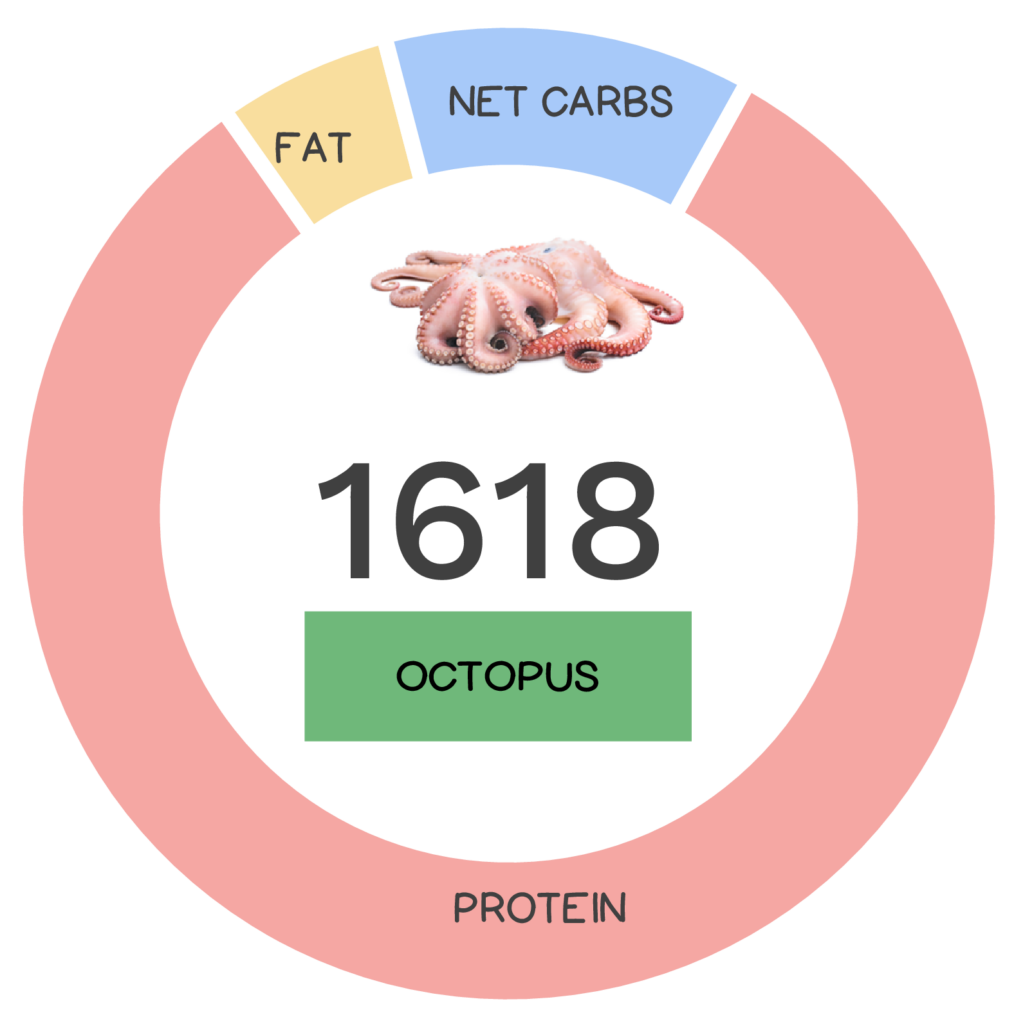
Octopus, like it’s cousin the squid, is often considered a “monster of the deep” thanks to its rounded body, bulging eyes and eight alien-like tentacles that are used for everything from searching and capturing prey, to pulling itself along the floor of the ocean. These shellfish are mesmerizing to watch, fascinating to research, and simply astoundingly nutritious to eat! Similar to squid, the octopus body can be prepared in various ways, and the tentacles and ink are also edible! Granted, for those of us unfamiliar with this seafood, it may seem a bit daunting at first but if you face your fears and give this shellfish a try, I have an “inkling” that you will love it!
The term shellfish refers to animals without backbones that live in the water (both saltwater and freshwater) and have some type of shell, including both mollusks and crustaceans.
Shellfish is a general term used to describe aquatic invertebrates with exoskeletons consumed as food, which basically means animals without backbones that live in the water and have some type of shell (even though they are not actually fish!). This includes mollusks such as clams, mussels, oysters, scallops and squid and crustaceans such as crab, shrimp, and lobster. While most are marine species living in saltwater, they can also be found in freshwater. Archaeological evidence suggests that shellfish have been part of the human diet for hundreds of thousands of years and today it is still popular all over the world!
Like squid and cuttlefish, octopus are cephalopods, which are characterized by their bilateral symmetry (left and right side of the body are mirror images), plus prominent head connected to its many arms and tentacles
Along with their relatives, squid and cuttlefish, octopus are cephalopods, which are characterized by their bilateral symmetry (left and right side of the body are mirror images), plus prominent head connected to its many arms and tentacles. Octopus have eight tentacles, two of the back ones are used to move across the ocean floor, where the other six are generally used to forage and capture food. They also have a bulbous hollow body (called the mantle), and a beak capable of cutting their food into pieces. Plus, they are truly remarkable creatures! Similar to squid, octopus can change color to match their surroundings for camouflage, as a hunting technique to distract prey, or for communication. Octopus, though some can be very large, are made up of soft tissue which allows it to contort and contract, or even lengthen itself. Their malleable nature allows even the large species to squeeze through spaces as small as one inch in diameter! They are incredibly intelligent, have been reported to have both long-term and short-term memories, and they have been shown to exhibit problem solving activity, as well as practicing observational learning. They are capable of squirting ink to distract predators, however their most fascinating defense tactic may be that they can detach one of their tentacles, which will then crawl away to act as a decoy. Even more astonishingly, (from the Adam’s Family playbook,) this severed arm continues to respond to stimuli and avoids unpleasant sensations and responds to pain! The octopus can also then replace the missing limb! Due to their extreme intelligence, and their ability to feel pain, some countries have protected the octopus, (and more recently, all cephalopods) to outline certain requirements, such as anesthesia, for any scientific procedures or surgeries that may be required. There are other research branches that are using biomimicry principles to emulate the ability of the octopus’ arms to move independent of the animal’s central nervous system.
Octopus have a soft tissue body, and even the large species can contort their bodies to fit through the smallest of spaces (as small as 1 inch diameter) to avoid predators or obtain their prey!
Many octopus fisheries exist all over the world, in which they are captured by use of pots, snares, traps, spearing, trawls, drift fishing, hooking and hand collection methods. Octopuses have a greater food conversion efficiency than chickens, that is, the amount of food required to grow the animal’s mass is very small, opening the possibility for large-scale aquaculture to provide valuable global food sources. Octopuses have been known to compete with human fisheries by using their intelligence and agility to rob nets and traps for their own benefit. Now that you are well-armed (get it…) with some fascinating details of the octopus, let’s “dive” into why they also make a super food choice!
Learn What Foods to *ADD* to Your Diet
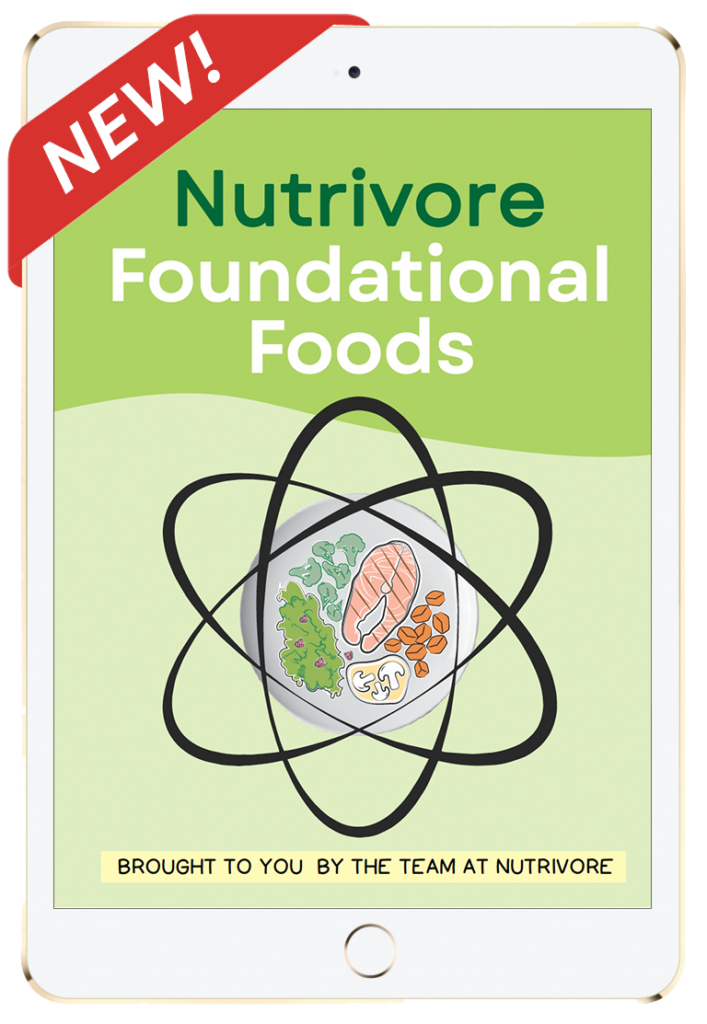
Nutrivore Foundational Foods
Learn what makes the 12 Nutrivore foundational food families nutritionally unique, their health benefits, which options are the most nutrient dense, how much of them to eat, plus various fun facts, practical pointers, and busting of common myths.
This very helpful resource will introduce you to new foods and expand your nutrition knowledge, making food choices easier!
Buy now for instant digital access.
Nutrivore Score for Octopus – 1618

Octopus has a Nutrivore Score of 1618, making it a super nutrient-dense food! Plus, it is a low-carb food; octopus has 2.5 grams of net carbs per 115 gram serving!
Per serving, octopus is a best source (>50% daily value) of copper, EPA+DHA, selenium, taurine, and vitamin B12 (cobalamin); an excellent source (20-50% daily value) of iron, protein, and vitamin B6 (pyridoxine); and a good source (10-20% daily value) of choline, iodine, phosphorus, vitamin B3 (niacin), vitamin B5 (pantothenic acid), vitamin B7 (biotin), and zinc.
Ditch Diets. Embrace Nutrients. Start with this FREE Guide.
Sign up for the free Nutrivore Newsletter, your weekly, science-backed guide to improving health through nutrient-rich foods — without dieting harder —and get the Beginner’s Guide to Nutrivore delivered straight to your inbox!

Octopus Nutrition Facts
One serving of octopus is standardized to 115 grams (4 ounces). When you cook octopus, it reduces in volume by approximately 50%: 100 grams raw octopus is equivalent to 50 grams cooked octopus.
Octopus Nutrition Facts Per Serving
| Octopus, raw | Nutrivore Score: 1618 | Nutrient Density: Super! |
|---|---|---|
| Serving Size: 4 ounces (115 grams) | Protein: 17.1 grams | Net Carbohydrates: 2.5 grams |
| Calories: 94 | Total Fat: 1.2 grams | Dietary Fiber: 0.0 grams |
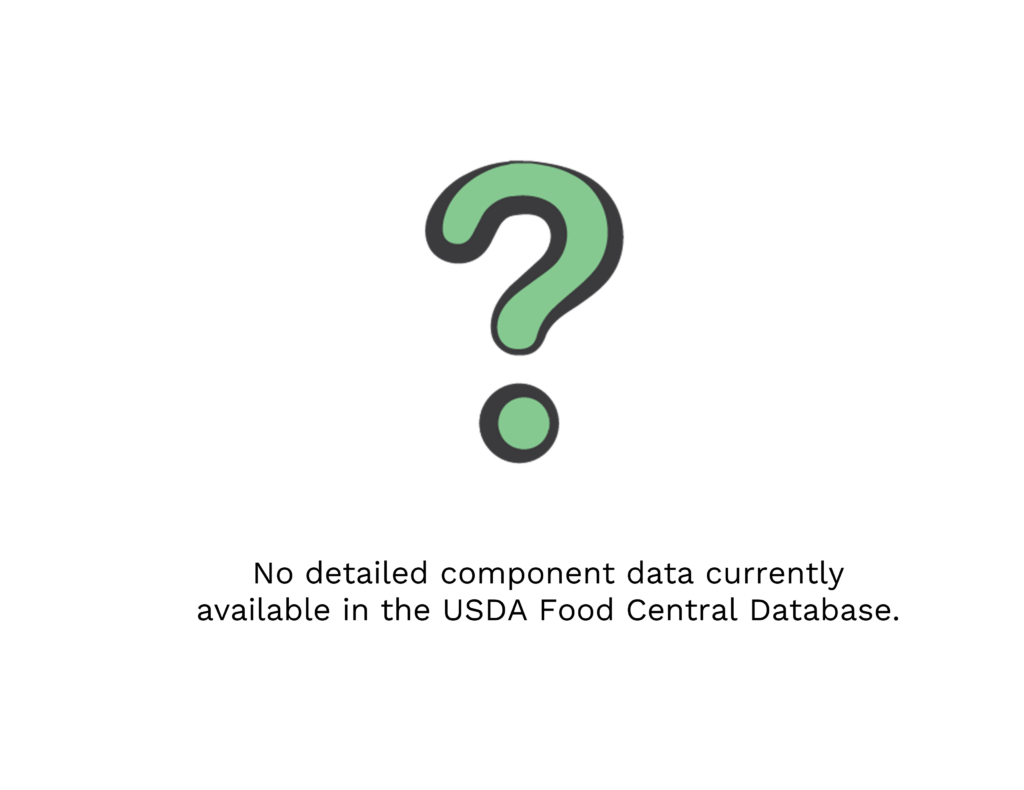
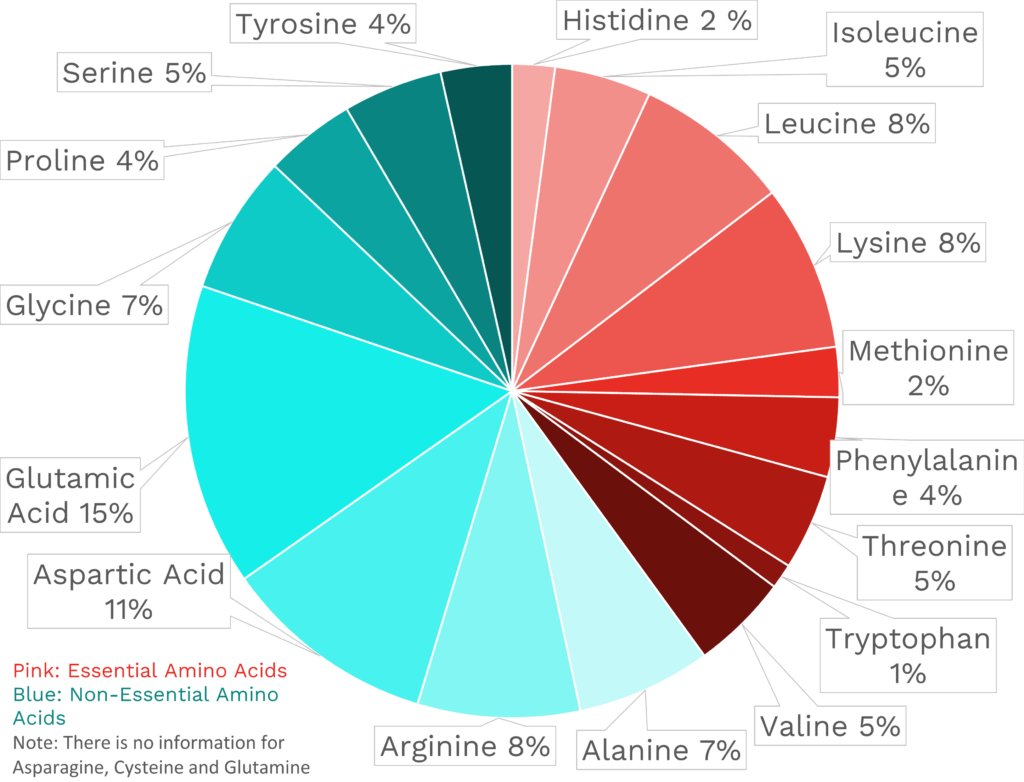
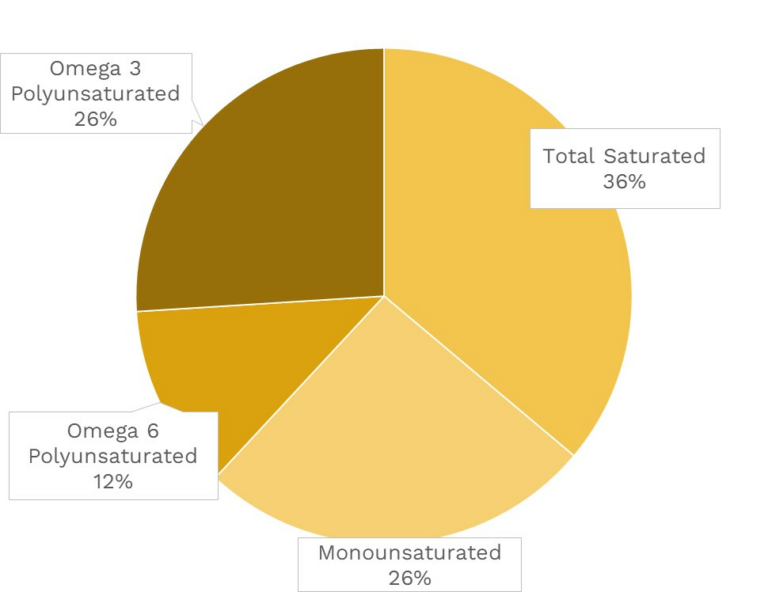
| VITAMINS | ||
|---|---|---|
| Vitamin A | 51.8 μg RAE | 6% DV |
| Vitamin B1 (Thiamin) | 34.5 μg | 3% DV |
| Vitamin B2 (Riboflavin) | 46.0 μg | 4% DV |
| Vitamin B3 (Niacin) | 2.4 mg | 15% DV |
| Vitamin B5 (Pantothenic Acid) | 0.6 mg | 12% DV |
| Vitamin B6 (Pyridoxine) | 414.0 μg | 24% DV |
| Vitamin B7 (Biotin) | 3.2 μg | 11% DV |
| Vitamin B9 (Folate) | 18.4 μg | 5% DV |
| Vitamin B12 (Cobalamin) | 23.0 μg | 958% DV |
| Vitamin C | 5.8 mg | 6% DV |
| Vitamin D (D2 + D3) | 0.0 μg | 0% DV |
| Vitamin E | 1.4 mg | 9% DV |
| Vitamin K | 0.1 μg | 0% DV |
| Choline | 74.8 mg | 14% DV |
| Myo-Inositol | ~ | ~ |
| CoQ10 | 0.4 mg | ~ |
| FUNCTIONAL FATS | ||
|---|---|---|
| MUFA | 0.2 g | 1% DV |
| ALA | 0.0 mg | 0% DV |
| EPA + DHA | 180.6 mg | 72% DV |
| CLA | 0.4 mg | ~ |
| Linoleic Acid | 0.0 g | 0% DV |
| MCT’s | 0.0 g | ~ |
| MINERALS | ||
|---|---|---|
| Calcium | 61.0 mg | 5% DV |
| Copper | 500.3 μg | 56% DV |
| Iodine | 23.0 μg | 15% DV |
| Iron | 6.1 mg | 34% DV |
| Magnesium | 34.5 mg | 8% DV |
| Manganese | 28.8 μg | 1% DV |
| Phosphorus | 213.9 mg | 17% DV |
| Potassium | 402.5 mg | 9% DV |
| Selenium | 51.5 μg | 94% DV |
| Sodium | 264.5 mg | 12% DV |
| Zinc | 1.9 mg | 18% DV |
| PHYTONUTRIENTS | ||
|---|---|---|
| Carotenoids | 0.0 μg | ~ |
| Polyphenols | 0.0 mg | ~ |
| Phytosterols | 0.0 mg | ~ |
| Glucosinolates | ~ | ~ |
| Thiosulfinates | ~ | ~ |
| Betalains | ~ | ~ |
| AMINO ACIDS & PEPTIDES | ||
|---|---|---|
| Taurine | 448.5 mg | ~ |
| Ergothioneine | ~ | ~ |

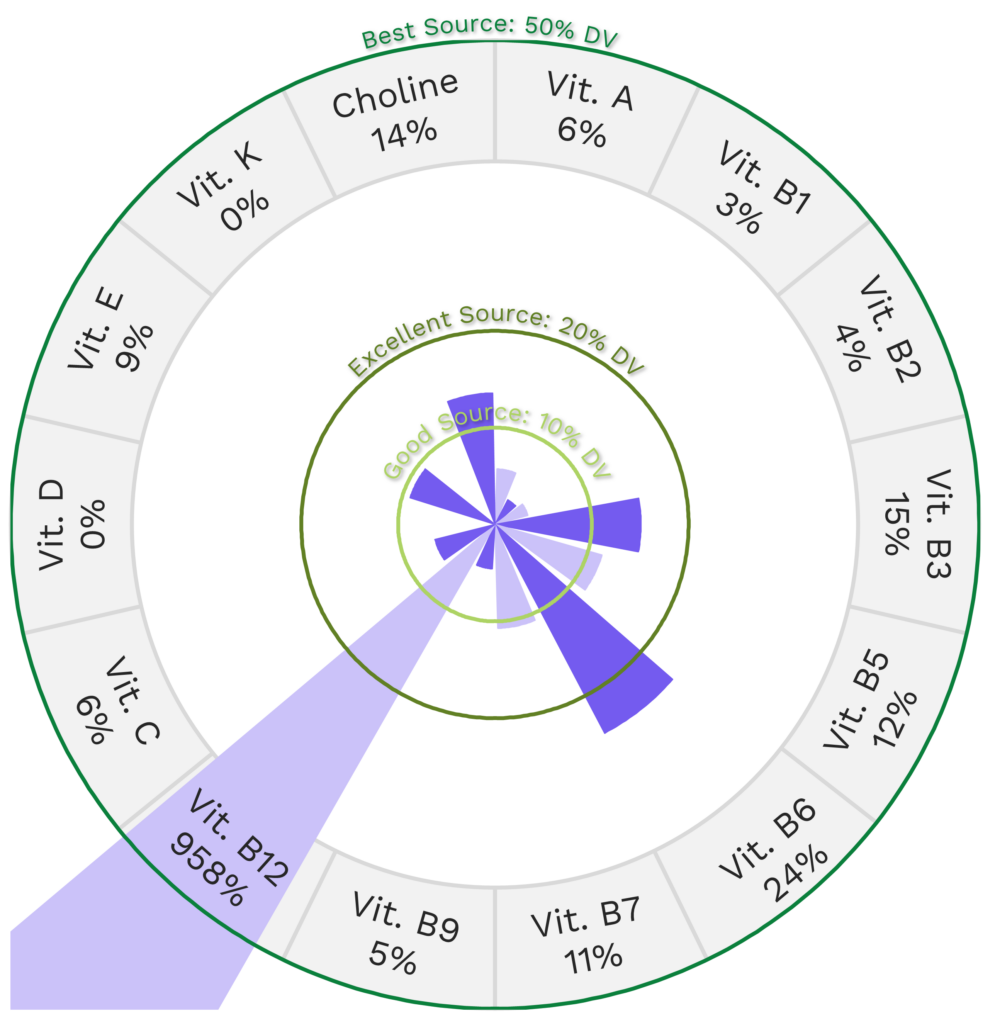
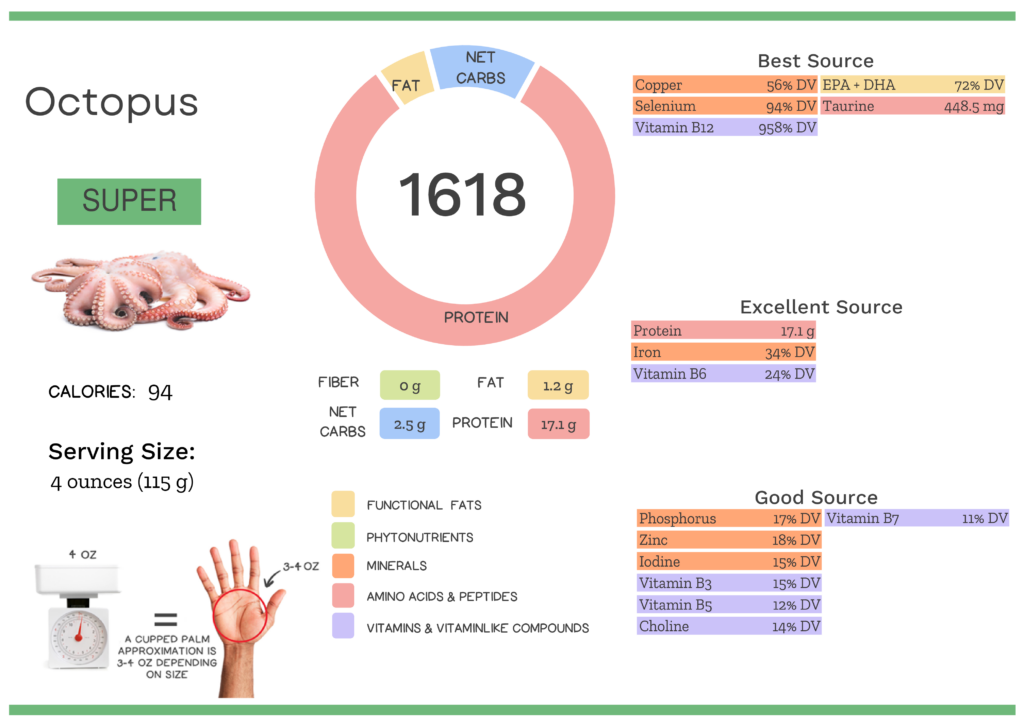
Octopus Nutrition Varies With Cooking and Source
The Nutrivore Score of octopus varies depending on method of preparation and the way in which it was raised (farmed or wild-caught). Typically wild-caught has higher levels of nutrients which results in higher Nutrivore Scores, but including any type of seafood in our diet, farmed or wild-caught, will result in plenty of health benefits!
| NUTRIVORE SCORE | |
|---|---|
| Octopus, Alaska Native | 2322 |
| Octopus, common, cooked, moist heat | 1480 |
| Octopus, common, raw | 1618 |
Impressed how “reel-y” nutritious octopus is? Maybe your friends will be too!
Health Benefits of Octopus Nutrients
Let’s take a closer look at all of the best and excellent source of nutrients found in a 4-ounce serving of octopus and see how they benefit our health.
Octopus Provides 958% DV Vitamin B12 (Cobalamin)
Octopus is a best source of vitamin B12 (cobalamin), providing a whopping 958% of the daily value per 4-ounce serving!
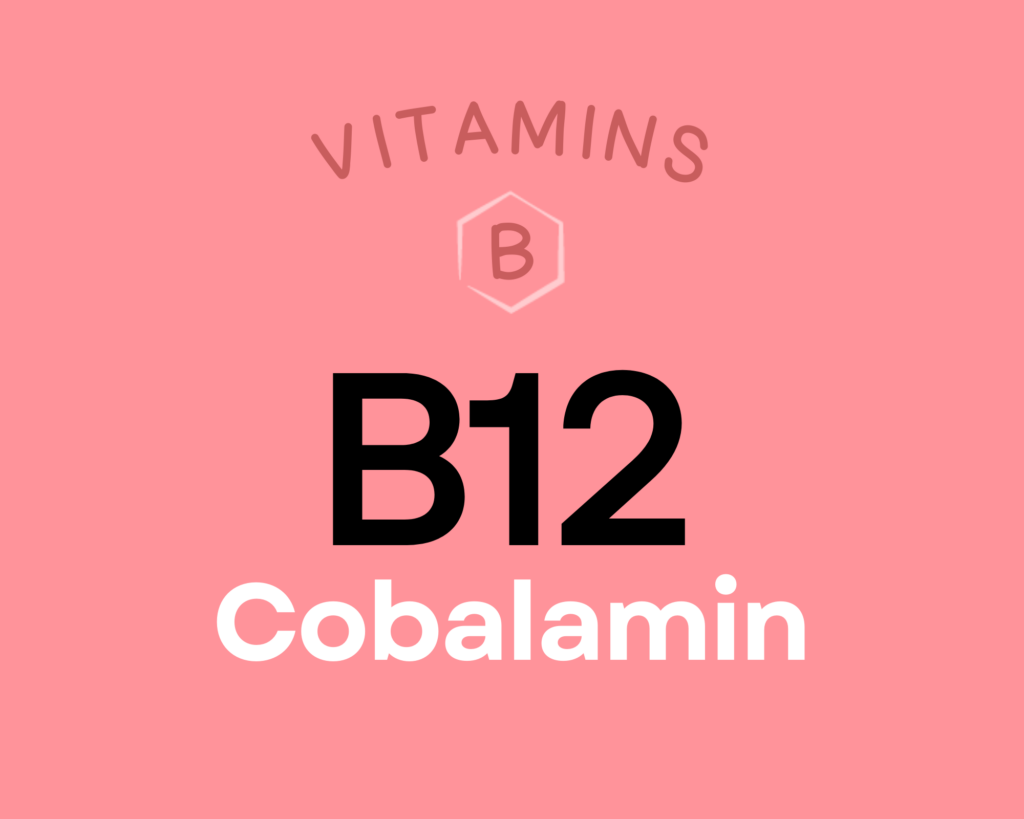
Vitamin B12 (cobalamin) is a water-soluble vitamin that serves as a cofactor for enzymes involved in energy metabolism, red blood cell production, DNA synthesis, neurotransmitter production, nervous system health, and folate metabolism. As a result of these roles, vitamin B12 is vital for maintaining brain and nervous system health, and may have a protective effect against dementia, Alzheimer’s disease, and depression. There’s also some evidence vitamin B12 may be cancer-protective, possibly through supporting folate metabolism (which then assists in repairing DNA damage). Learn more about vitamin B12 here.
Octopus Provides 448.5 mg of Taurine
Octopus is a fabulous source of taurine, providing 448.5 mg of taurine per 4-ounce serving!

Taurine is a non-proteinogenic amino sulfonic acid that supports neurological development, serves as a major component of bile (which helps to digest fats), and plays a role in water and mineral regulation within the blood (including through membrane stabilization and calcium signaling). Taurine also regulates the immune system and serves as an important antioxidant, and it plays a role in cardiovascular function and the development of skeletal muscle.
Octopus Provides 94% DV Selenium
Octopus is also a best source of selenium, providing 94% of the daily value per 4-ounce serving!
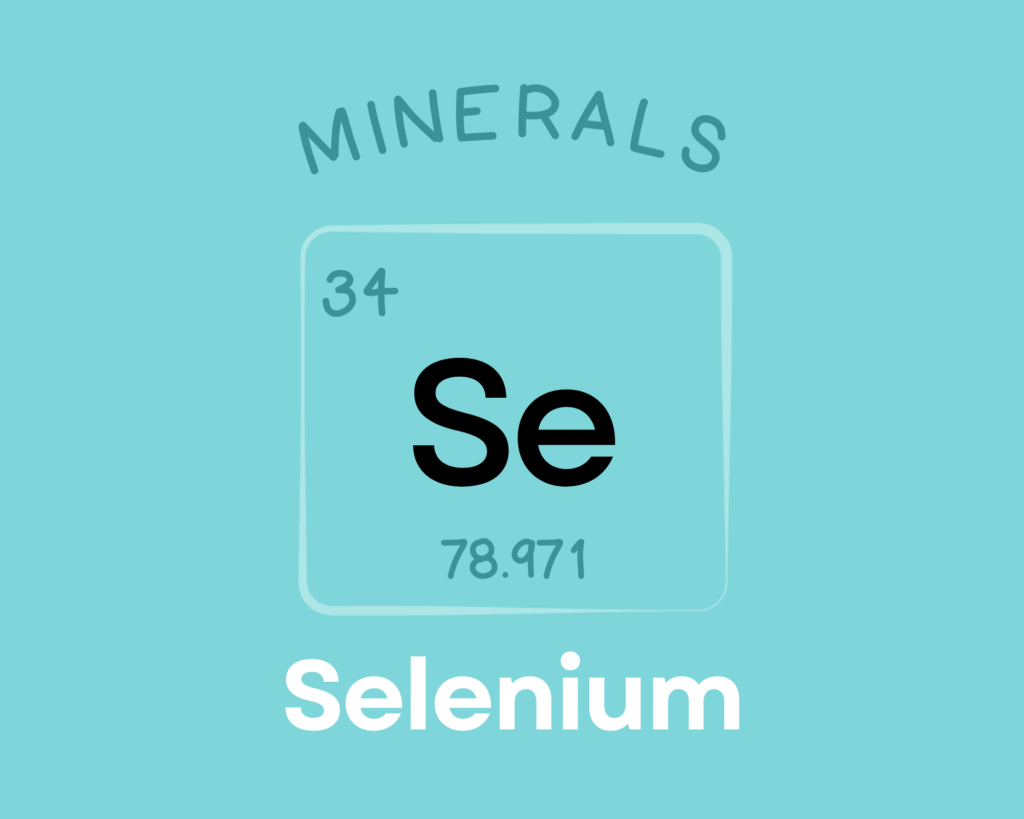
Selenium is a trace mineral needed by all mammals to sustain life. It serves as a component of the non-proteinogenic amino acids selenocysteine and selenomethionine, and also helps form over two dozen selenoproteins involved in reproduction, thyroid hormone metabolism, antioxidant defense, DNA synthesis, and immunity. Observational research suggests selenium could play a protective role against cancer, heart disease, asthma, and inflammatory bowel disease, although human trials have generally been lacking or contradictory. There’s also evidence that selenium can play a preventative role in asthma and inflammatory bowel disease, while also reducing mortality in patients with sepsis. Learn more about selenium here.
Octopus Provides 72% DV EPA+DHA
Octopus is a best source of EPA+DHA, providing 72% of the daily value per 4-ounce serving!
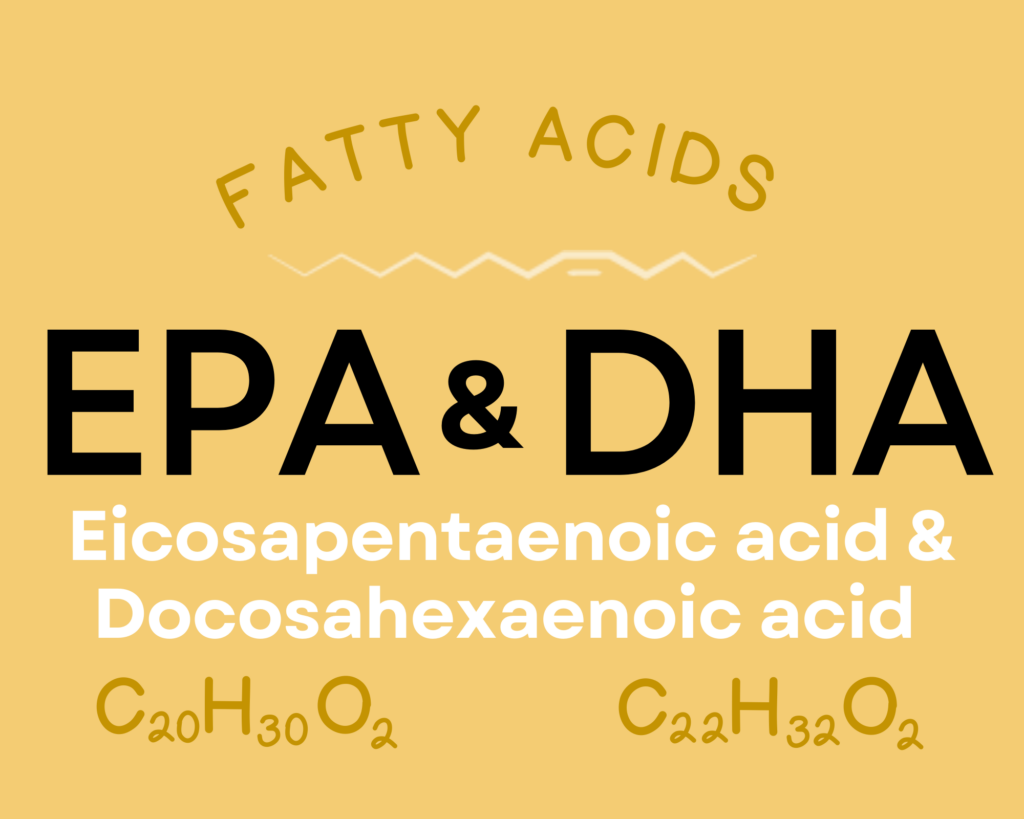
Eicosapentaenoic acid (EPA) and docosahexaenoic acid (DHA) are long-chain omega-3 fats that play important roles in neurological health, immune function, eye health and vision, inflammation, pain signaling, gut health, fetal development, and some aspects of cardiovascular health (like triglyceride levels and blood clotting). They exert many of their effects by helping form chemical messengers called prostaglandins, thromboxanes, and leukotrienes. EPA and DHA also serve as a structural component of the cell membrane, influencing important properties such as membrane fluidity and permeability. Small amounts of them can be synthesized from a shorter-chain omega-3 fat, alpha-linolenic acid (ALA). Learn more about EPA and DHA here.
Octopus Provides 56% DV Copper
Octopus is also a best source of copper, providing 56% of the daily value per 4-ounce serving!
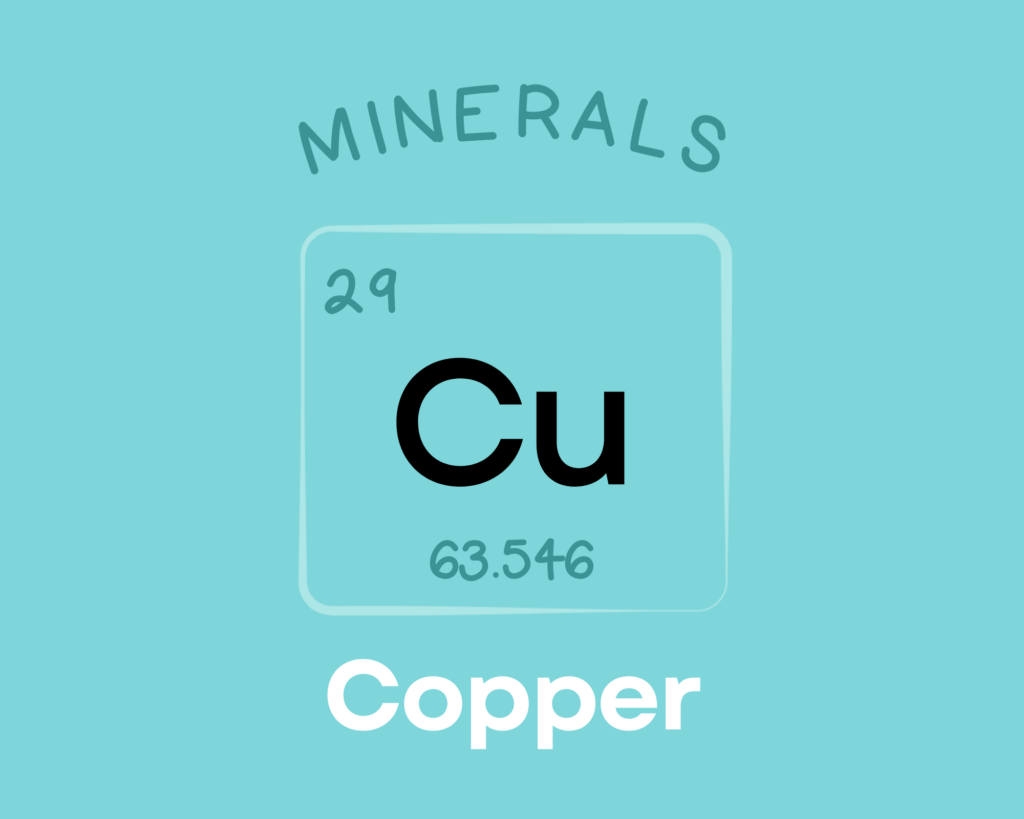
Copper is a trace mineral that’s essential for all living organisms. Copper serves as a component of numerous enzymes and proteins in the body, giving it diverse roles in the growth, development, and maintenance of various organs (including the heart and brain), bone, and connective tissue. Copper is also involved in glucose and cholesterol metabolism, helps regulate gene expression, can scavenge free radicals, and is needed for the production of red blood cells. Learn more about copper here.
Octopus Provides 34% DV Iron
Octopus is an excellent source of iron, providing 34% of the daily value per 4-ounce serving!
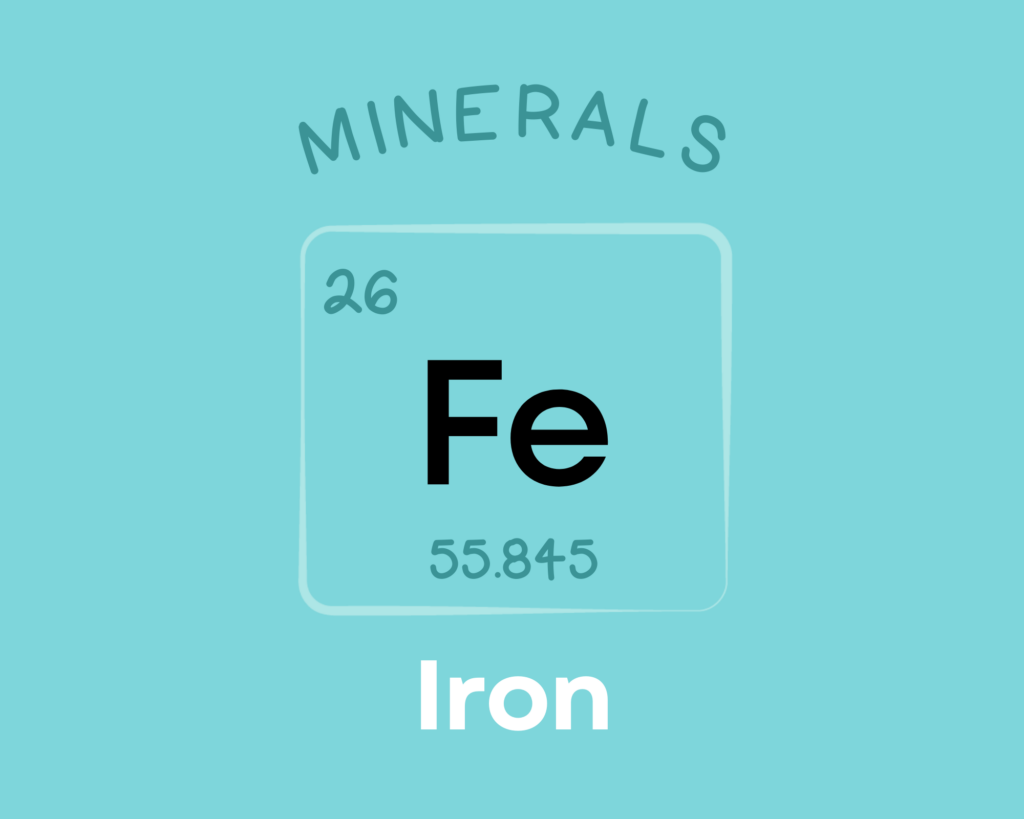
Iron is a mineral required for the metabolism of all living organisms. It’s needed for the function of numerous iron-dependent proteins involved in electron transport, energy metabolism, oxygen transport and storage, DNA replication and repair, free radical scavenging, and oxidative processes. It plays an important role in reproductive health, gestation, immunity, and central nervous system development. Learn more about iron here.
Octopus Provides 17.1 g of Protein
Octopus is also an excellent source of protein, containing 17.1 g of protein per 4-ounce serving!
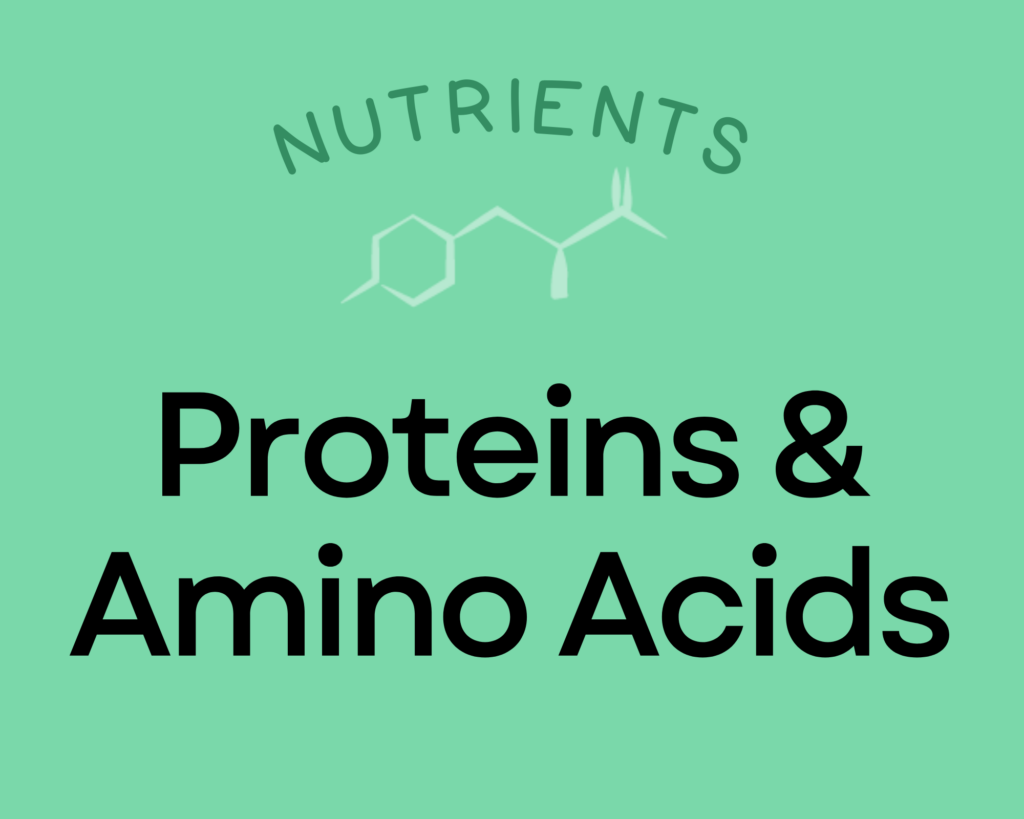
Proteins are the molecules that actually perform most of the various functions of life. In addition to being major structural components of cells and tissues, they have incredibly diverse roles from driving chemical reactions (e.g., enzymes) to signaling (e.g., some types of hormones) to transporting and storing nutrients. Dietary protein is necessary to supply the amino acid building blocks for all of the proteins in our bodies. The recommended daily allowance of protein is 0.36 grams per pound body weight (0.8 grams per kilogram of body weight). That amounts to 56 grams for a 150-pound person. However, it’s important to emphasize that this number is considered a minimum daily allotment, and there is no established upper limit. In fact, many studies have evaluated diets containing three to four times more protein than this minimum and proven benefits to weight management, body composition, hormone regulation, and cardiovascular health. These studies suggest that an optimal protein intake for most people is probably in the range of 1.2 to 1.8 grams per kilogram bodyweight (82 to 122 grams for that same 150-pound person), and that people who are very active may see the best results at even higher intake. Learn more about protein and amino acids here.
Octopus Provides 24% DV Vitamin B6 (Pyridoxine)
Octopus is an excellent source of vitamin B6 (pyridoxine), providing 24% of the daily value per 4-ounce serving!
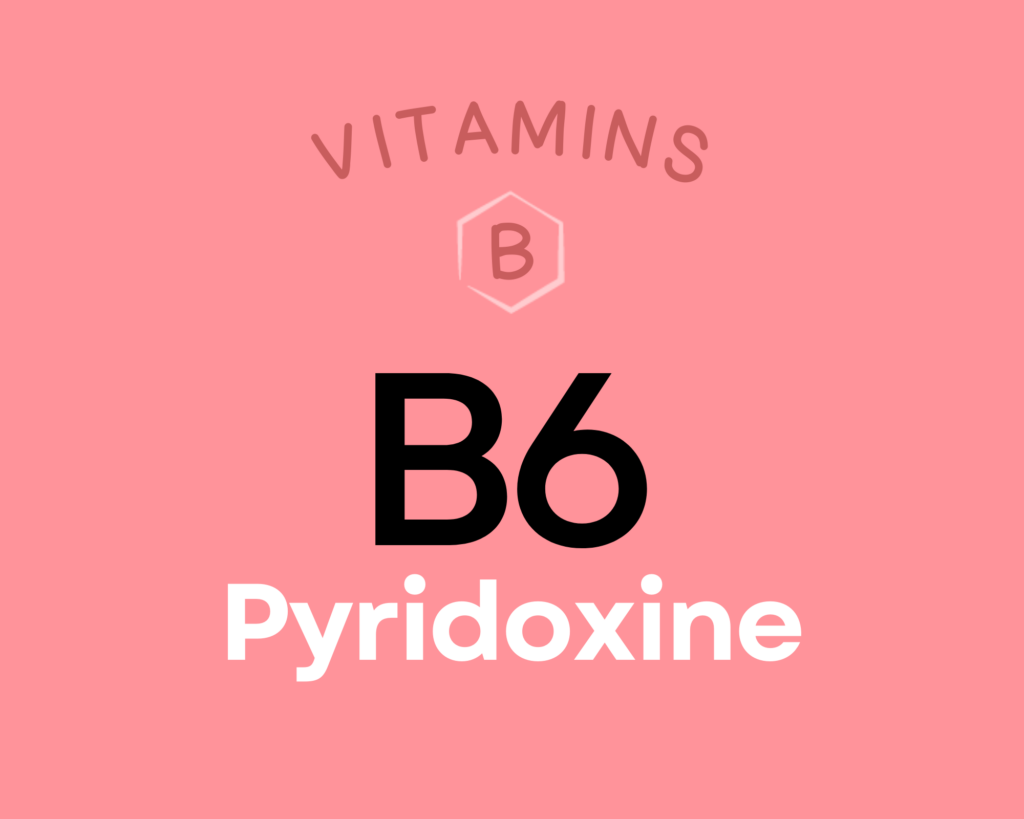
Vitamin B6 (pyridoxine) is a group of six water-soluble compounds with a similar chemical structure, all of which can be converted into their active form of pyridoxal 5’-phospate (PLP). Over 100 different enzymes require vitamin B6 in order to carry out their various functions in protein metabolism, fatty acid metabolism, neurotransmitter production, gluconeogenesis, hemoglobin synthesis, the release of glucose from glycogen, and energy metabolism (particularly the production of ATP in the Krebs cycle). Research suggests vitamin B6 may help protect against cardiovascular disease and certain cancers, could reduce the risk of depression among the elderly, and even reduce symptoms of morning sickness and PMS. Learn more about vitamin B6 here.
Learn What Foods Are the Best Sources of Every Nutrient

The Top 25 Foods for Every Nutrient
The Top 25 Foods for Every Nutrient e-book is a well-organized, easy-to-use, grocery store-friendly guide to help you choose foods that fit your needs of 43 important nutrients while creating a balanced nutrient-dense diet.
Get two “Top 25” food lists for each nutrient, plus you’ll find RDA charts for everyone, informative visuals, fun facts, serving sizes and the 58 foods that are Nutrient Super Stars!
Buy now for instant digital access.
How Much Octopus Should We Eat Per Day?
Shellfish are nutrient dynamos which can even rival liver in terms of nutrient density!
Fish and shellfish are not only nutrient-dense sources of highly-digestible gut-friendly complete protein and the best food sources of the very important long-chain omega-3 fatty acids, DHA and EPA, but they’re outstanding sources of important nutrients in which we are commonly deficient. Eating seafood reduces risk of cardiovascular disease, type 2 diabetes, obesity and some forms of cancer.
Shellfish are extremely rich sources of vitamin B12, zinc, copper and selenium while also providing impressive amounts of vitamin A, vitamin C, vitamin D, iron, copper, calcium, phosphorus, potassium, magnesium, manganese, iodine and selenium. Shellfish also contain smaller but still notable amounts of vitamins B1, B2, B3, B5, B6, and B9, while also providing dozens of trace minerals.
In fact, every 100 grams per day of seafood decreases all-cause mortality by 7%. And, every 20 grams per day of fish decreases cardiovascular disease mortality by 4%. Aim to eat three or more servings of seafood weekly (and up to every meal!). Learn more about seafood here.
It’s always best to mix up the foods you eat day to day (aiming for a wide variety of different fish and shellfish throughout the week), and octopus definitely has a place at the table.
Easily track your servings of Nutrivore Foundational Foods!

The Nutrivore Weekly Serving Matrix
The Nutrivore Weekly Serving Matrix digital resource is an easy-to-use and flexible weekly checklist designed to help you maximize nutrient-density and meet serving suggestions of Nutrivore foundational foods, all without having to weigh or measure your foods!
Includes a 22-page instructional guide and downloadable interactive guides.
Buy now for instant digital access.
Citations
Expand to see all scientific references for this article.
Chin SF, Liu W, Storkson J, Ha Y, Pariza M. Dietary sources of conjugated dienoic isomers of linoleic acid, a newly recognized class of anticarcinogens. Journal of Food Composition and Analysis. 1992 Sept(5):185-197. DOI:10.1016/0889-1575(92)90037-K
Frida Food Database. National Food Institute, Technical University of Denmark: Octopus, raw
Froger N, Moutsimilli L, Cadetti L, Jammoul F, Wang QP, Fan Y, Gaucher D, Rosolen SG, Neveux N, Cynober L, Sahel JA, Picaud S. Taurine: the comeback of a neutraceutical in the prevention of retinal degenerations. Prog Retin Eye Res. 2014 Jul;41:44-63. doi: 10.1016/j.preteyeres.2014.03.001. Epub 2014 Apr 8. PMID: 24721186.
Pravst I, Zmitek K, Zmitek J. Coenzyme Q10 contents in foods and fortification strategies. Crit Rev Food Sci Nutr. 2010 Apr;50(4):269-80. doi: 10.1080/10408390902773037. PMID: 20301015.
USDA Food Central Database: Mollusks, octopus, common, raw
Watanabe T, Kioka M, Fukushima A, Morimoto M, Sawamura H. Biotin content table of select foods and biotin intake in Japanese. Int J Anal Bio-Sci. 2014. Vol 2(4):109-125.


